sustainable technologies for clean living:
BAU396 Nanjing Residential
Nanjing City, Jiangsu Province, China
Discipline
Architecture, Landscape ArchitectureTypology
Private LandscapeCity
Nanjing City, Jiangsu Province, ChinaDate
2009-2014Status
CompletedClient
Nanjing Chengwang Property Co., LtdProgram
995 residential apartments, small supermarket, club house, sports centre with indoor and outdoor swimming pools, rain garden. Underground car parking.396 – sustainable technologies for clean living: NANJING RESIDENTIAL, 2009-2011
Chinese developers, particularly local government, are surprisingly receptive to the suggestion of environmentally sustainable design. This housing project’s developer embraced our suggestion and committed to achieving highly energy efficient apartments with an emphasis on comfort and health.
The project achieves the National 3 Green Star Accreditation, pending twelve months of in-use testing. This accreditation requires responsive design in five categories: energy efficiency; indoor environmental quality; sustainable use of materials; responsiveness to site; and sustainable water use. This project addresses these issues, but is particularly successful at minimizing the amount of energy required to heat and cool the residential buildings.
National 3 STAR accreditation requires a project to comply with a 65% energy saving over the regular building code. Computer modelling suggests that each of the 995 apartments in this development will consume approximately 36% less electricity than the national 3 STAR prerequisite.
To achieve this efficiency the project utilises passive strategies and active systems, the most effective system being a geo thermal heat pump in combination with embedded radiant heating and cooling. A total of 300 geo thermal bores, each 100m deep, utilise the heat capacity of the earth to minimise the need for mechanical production of heat and cooling. Hydraulic capillary pipes embedded in the ceilings of each apartment distribute the thermal energy and utilise the mass of the walls as efficient heat storage to regulate the comfort temperature band and provide a draught free indoor environment.
Comfort and health have been further addressed primarily through an air displacement ventilation system which exchanges 10 litres of air per second, per person. Additionally, clear glazing and high levels of natural light have been made possible by fixed and operable shading of windows. A dynamic shading coefficient of 0.3 for the windows equates to 70% of sunlight prevented from directly entering the apartments, thus drastically reducing solar gain and the related cooling loads.
- Infrastructure
- Public
- Residential
- Healthcare
- Education
- Culture
- Office
- Retail
- Hotel
- Hospitality
- Mixed Use
- Sports
- Planning
- Urban Design
- Public Landscapes
- Private Landscapes
- Playgrounds
- Structures & Pavillions
- Residential
- Healthcare
- Education
- Culture
- Office
- Retail
- Hotel
- Hospitality
- 2021
- 2020
- 2019
- 2018
- 2017
- 2016
- 2015
- 2014
- 2013
- 2012
- 2011
- 2005-2010
- 2000-2005
- 1990-2000








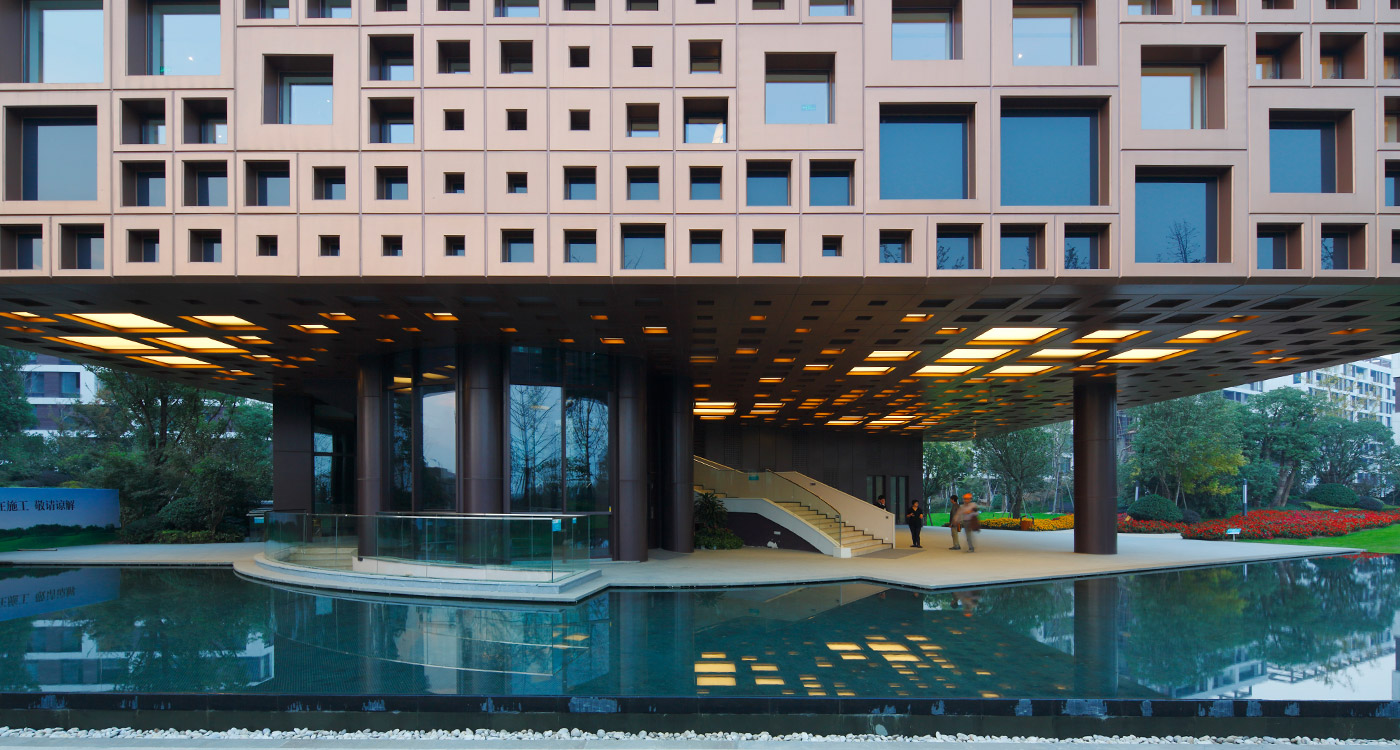


















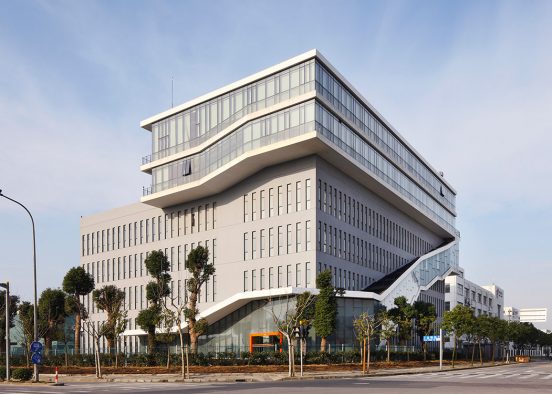

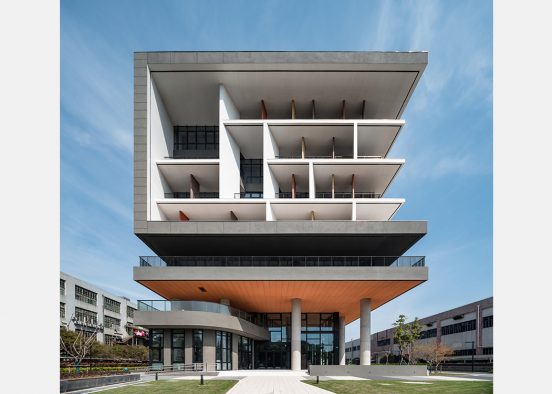



















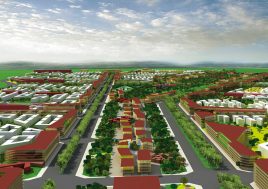
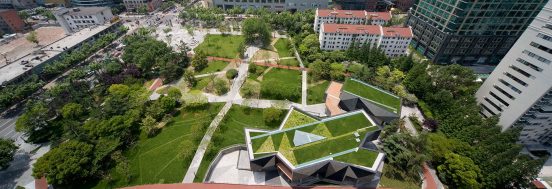




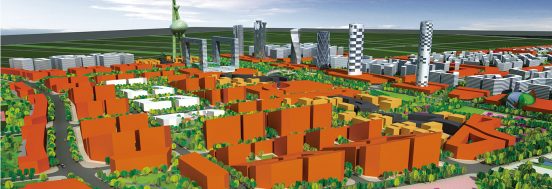







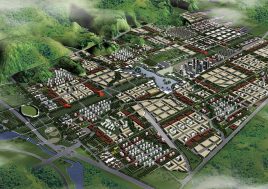


























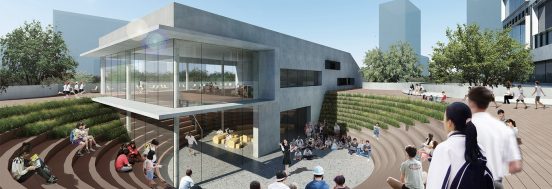














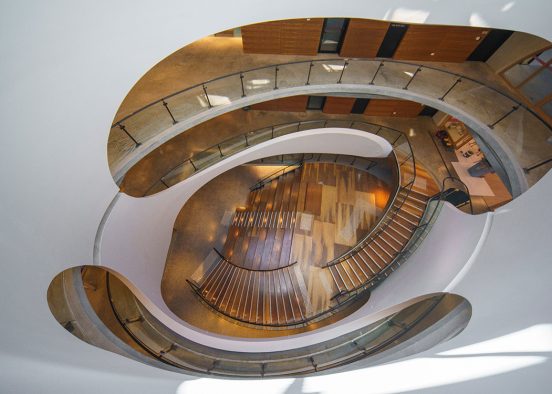










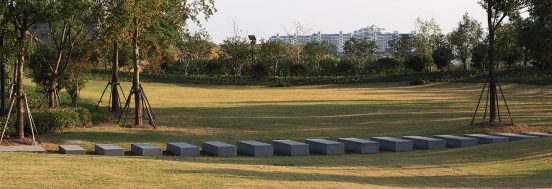
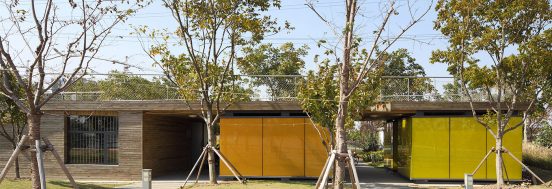


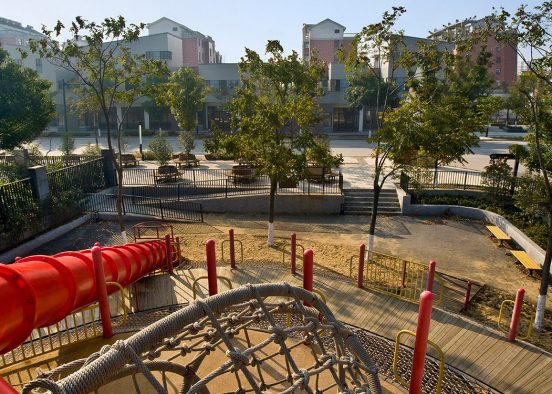












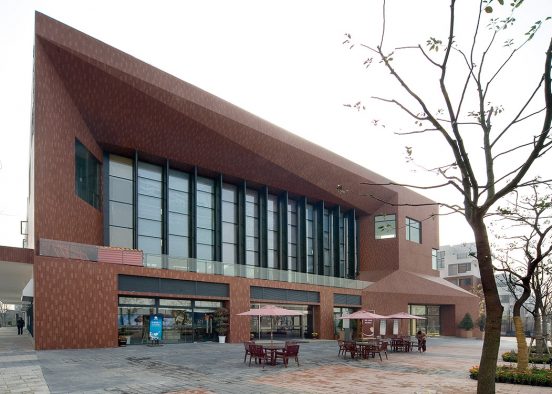
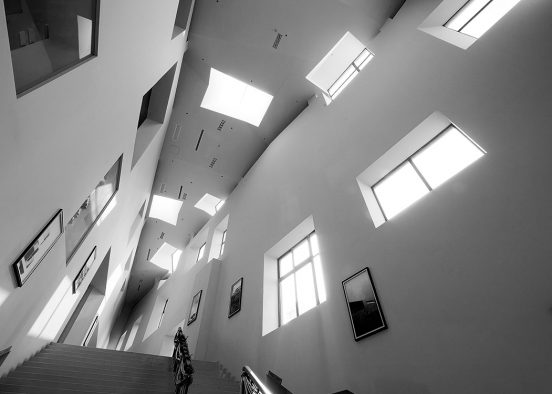
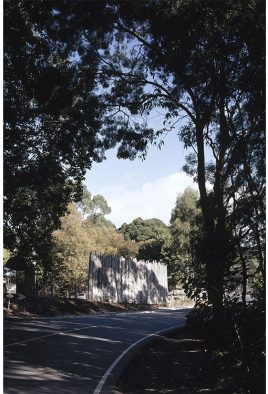
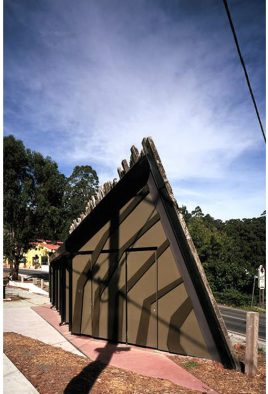









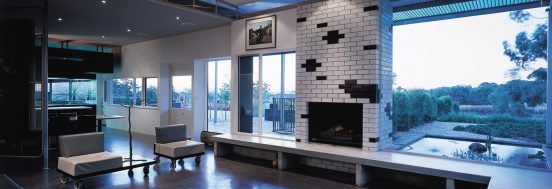







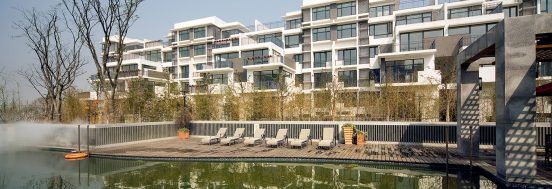






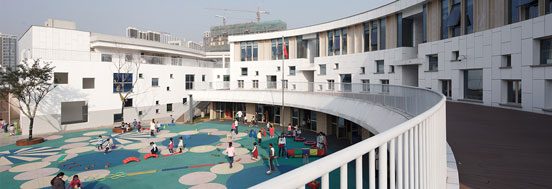
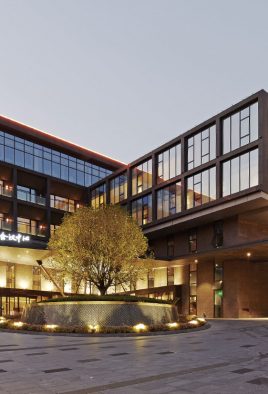



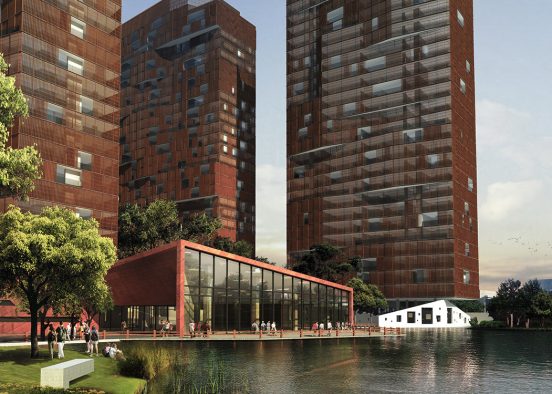





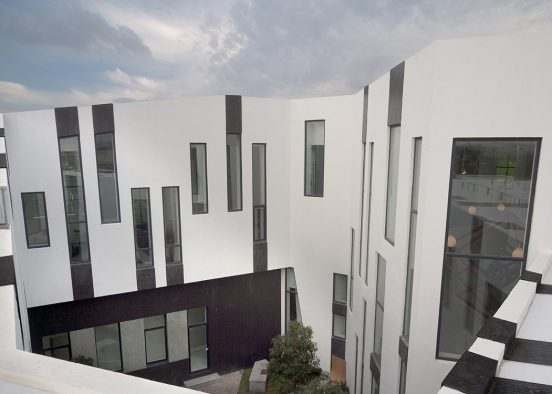








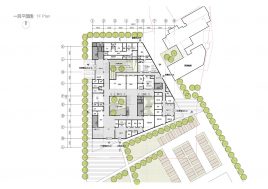


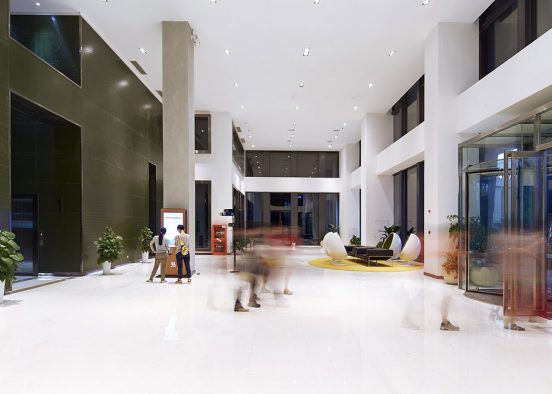







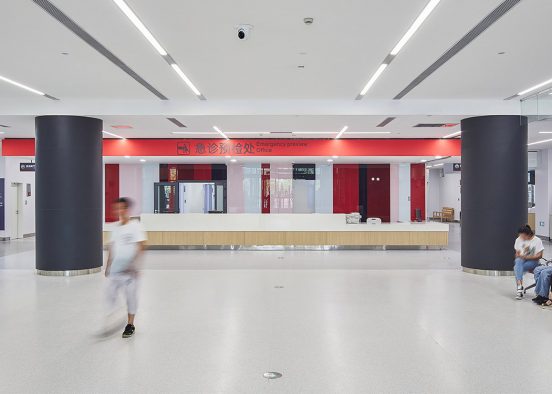



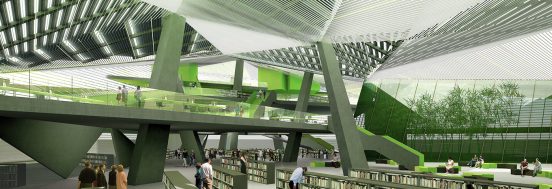



























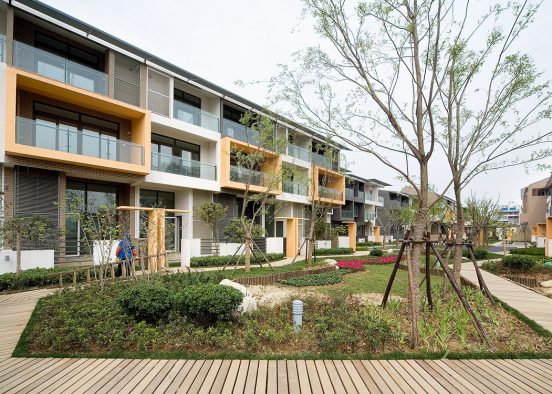
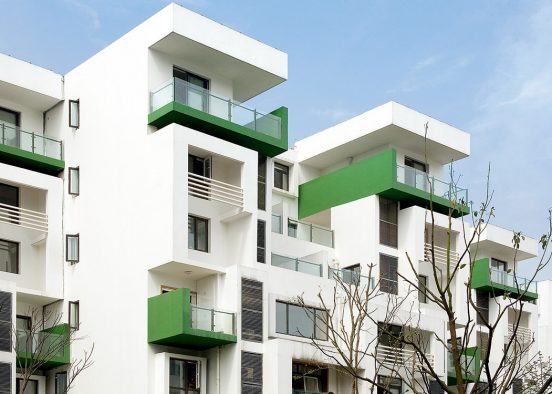









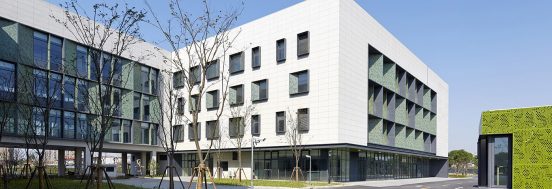






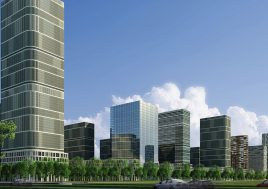



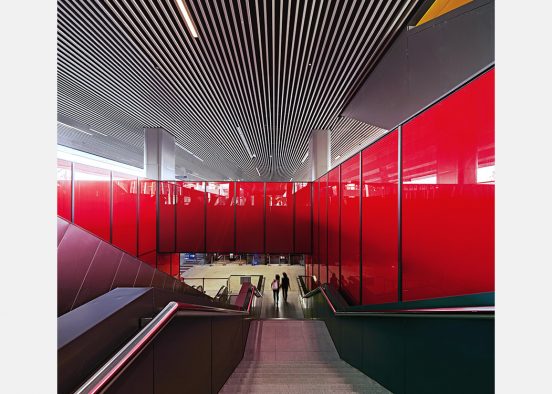


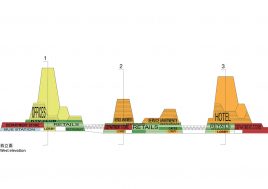







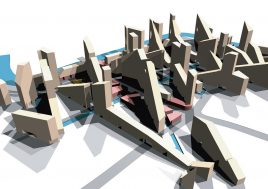












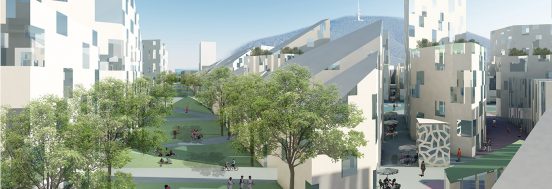






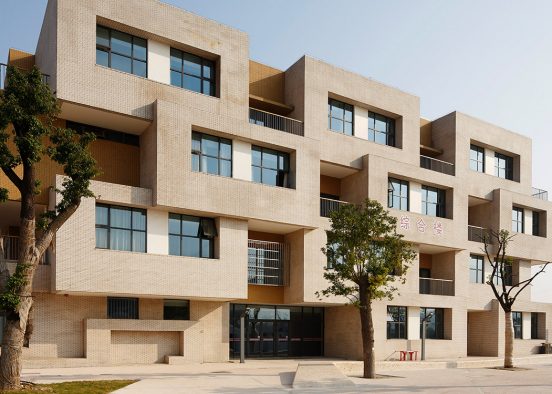








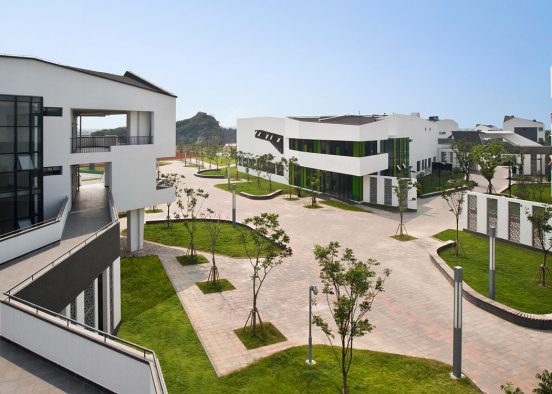




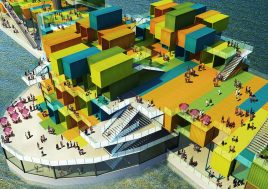














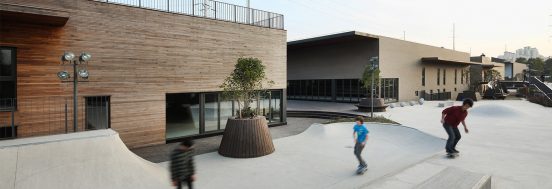




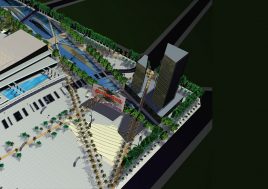

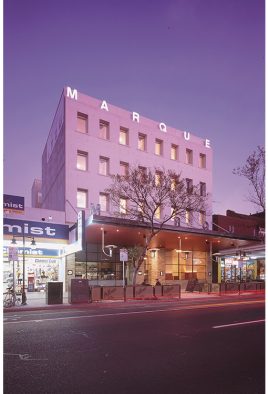













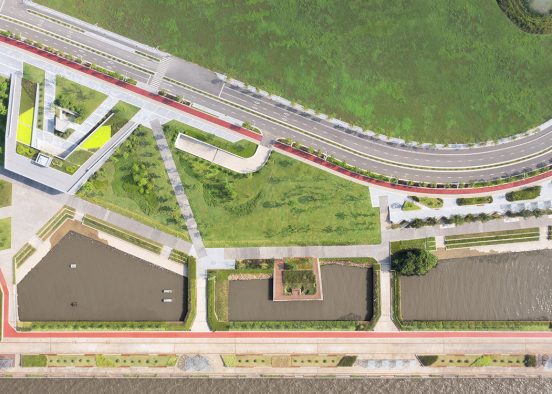





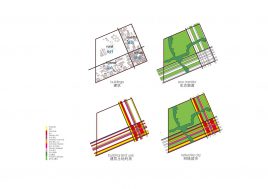






























 Back to projects
Back to projects
